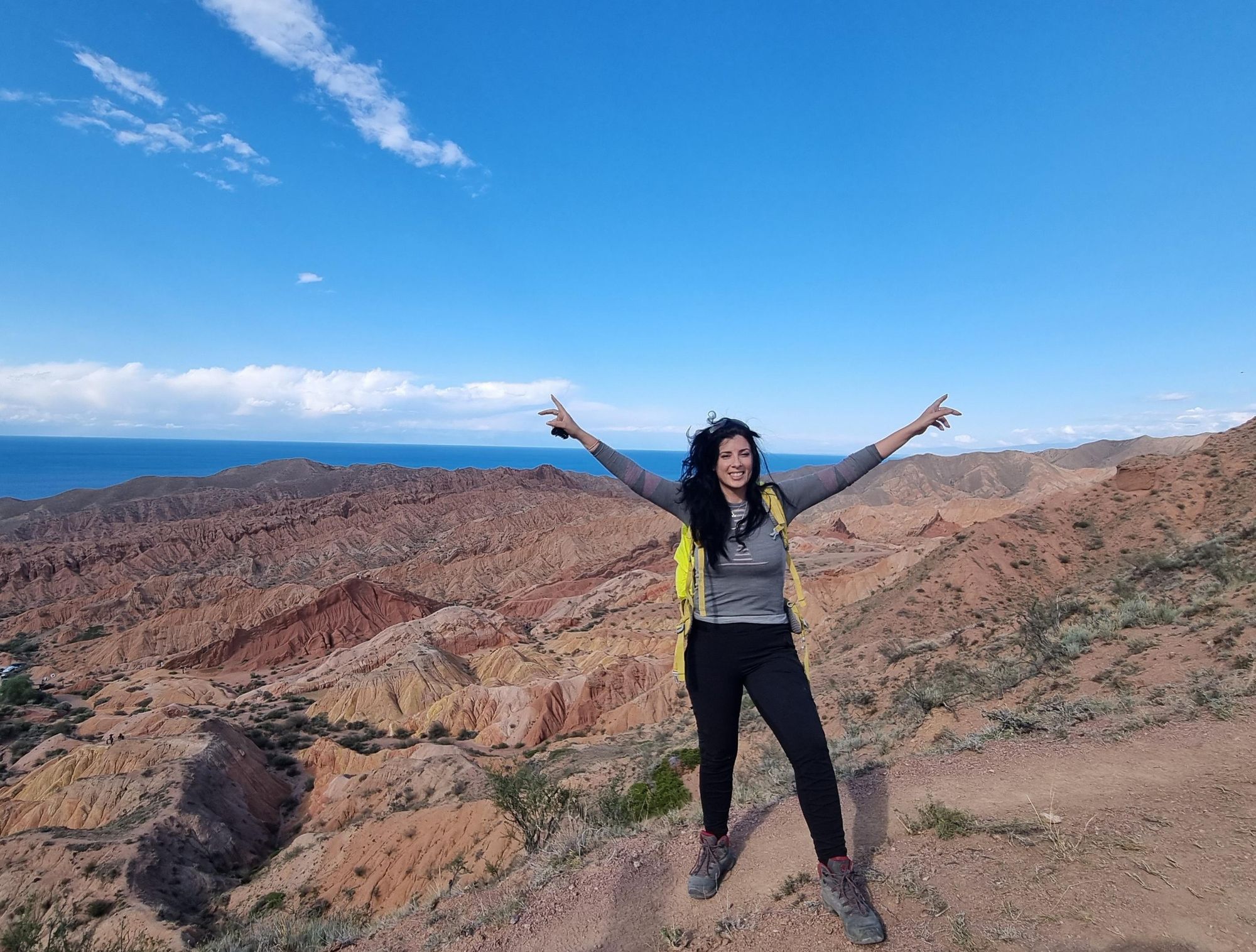When I first told friends I was heading to Kyrgyzstan, most people couldn’t even pronounce it, let alone point it out on a map. The most common response was a puzzled look followed by, “What are you going to do there?” And honestly, I get it—Kyrgyzstan might not be the first place that comes to mind when you're planning your summer holidays.
Wedged between Kazakhstan, Uzbekistan, Tajikistan, and China, this remarkable country is often overshadowed by its Silk Road neighbours. But after spending over a week exploring its mountains, valleys, and high pastures, I can honestly say it’s one of the most memorable journeys I’ve ever taken.
Kyrgyzstan mixes wild landscapes with ancient traditions, simple comforts with big adventures.
Kyrgyzstan mixes wild landscapes with ancient traditions, simple comforts with big adventures. On my visit there, I felt like I travelled back in time and across multiple worlds—from kayaking on the vast Issyk Kul Lake (the eighth-deepest in the world) and hiking amongst the red-rock fairytale formations of Skazka Canyon, to cycling and horse riding across windy grassy steppes dotted with yurts in Song Kul. Beyond the landscapes, it was the people, the food, and the traditions that made my experience so rich.
Kyrgyzstan felt like a bit of a mystery before I went—remote, hard to picture beyond the odd postcard image, and with hardly anyone I knew who had actually been. Now that I’ve seen it for myself, I’ve got a few answers (and plenty of stories) to share. Here’s what I wish I’d known before visiting Kyrgyzstan.

The Scenery is Endlessly Varied

Before arriving, I expected Kyrgyzstan to be mountainous—over 90% of the country is above 1,500 metres. What I didn’t expect was the sheer diversity of landscapes, within small geographical areas.
One morning we were hiking past shimmering waterfalls and spruce forests that looked like they belonged in Switzerland. Later that same day we trekked through the striking red Skazka Canyon (also known as Fairytale Canyon), with cliffs glowing in the evening light like something out of Utah or Cappadocia. The next, we were walking through wide open valleys, scattered with yurts, horses, and herds of sheep.
The land opened up into vast plateaus where the only sound was the wind
The Barskoon Valley was a real surprise—alpine-like scenery with flower-filled meadows and forests that felt far from the Central Asian steppe I had imagined. In other places like Song Kul Lake, the land opened up into vast plateaus where the only sound was the wind and the distant clip-clop of horses' hooves.
Standing at the top of the Panda Pass, at 4,025m (13,205ft), surrounded by rocky peaks and endless horizons looking over to China, I felt both tiny and exhilarated.
It’s this constant contrast that makes Kyrgyzstan’s landscapes unforgettable.
Old Traditions are Very Much Alive
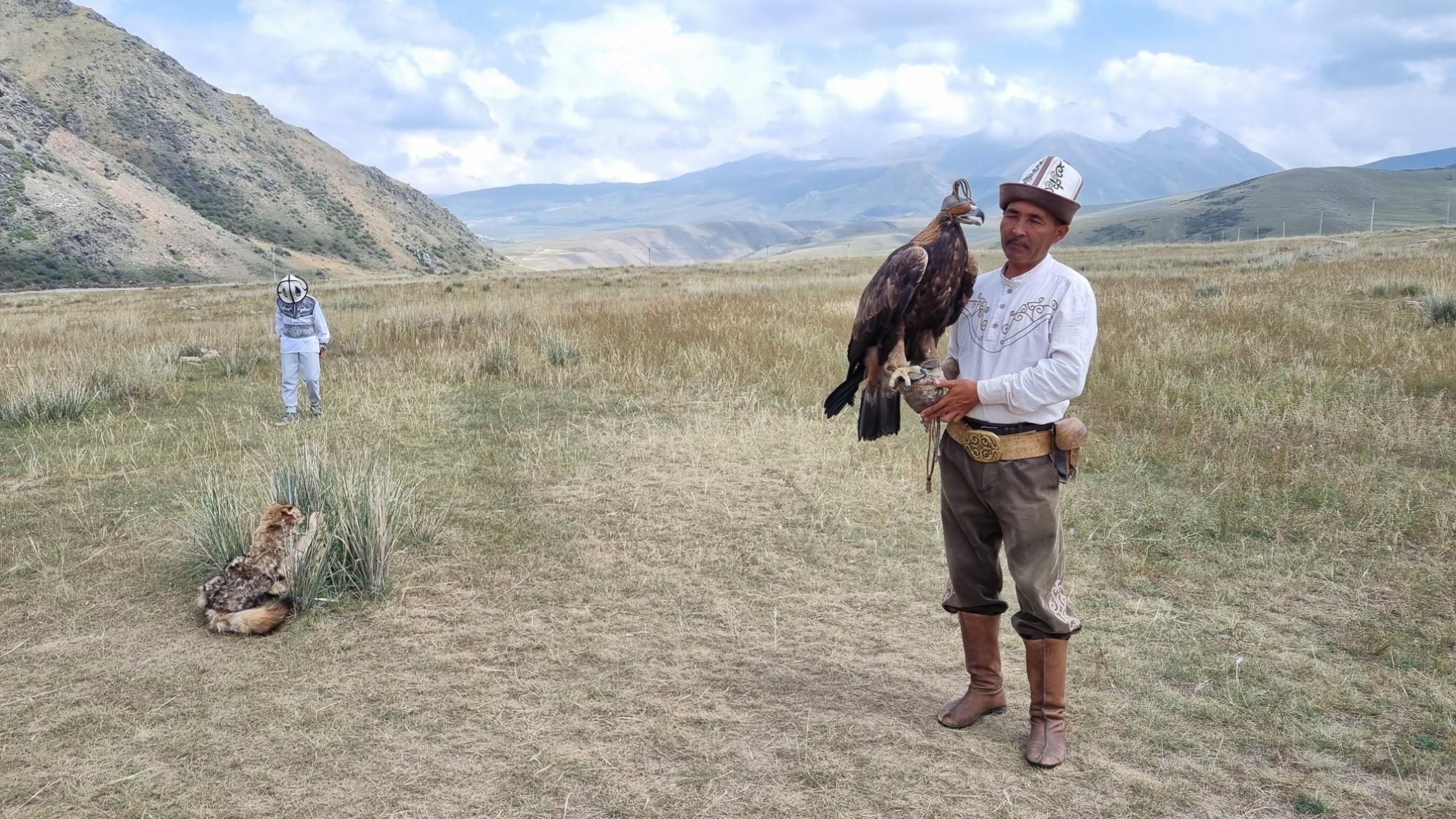
Kyrgyzstan isn’t just about scenery—it’s about people. What surprised me most was how authentic and genuine the cultural encounters we experienced felt.
We spent time with an eagle hunter who proudly showed us how golden eagles are trained to hunt and cared for as part of the family; a tradition handed down through generations. Meeting a yurt master was another highlight. Learning how he works and pieces together the wooden frame entirely by hand was an opportunity to view a centuries-old craft in action.

We also visited a local family to learn how rugs and clothing are made using age-old techniques, a memorable experience and the perfect opportunity to pick up a handmade souvenir while directly supporting the community. At Song Kul, we watched horsemen training their horses on the open pastures, a mix of strength and skill in the way they guided the animals across the plains.
None of these experiences felt staged. They were real insights into Kyrgyz culture. For me, this transformed the trip. It wasn’t just an active adventure through stunning landscapes—it became a deep immersion into a way of life that still survives after centuries.
Come Hungry!
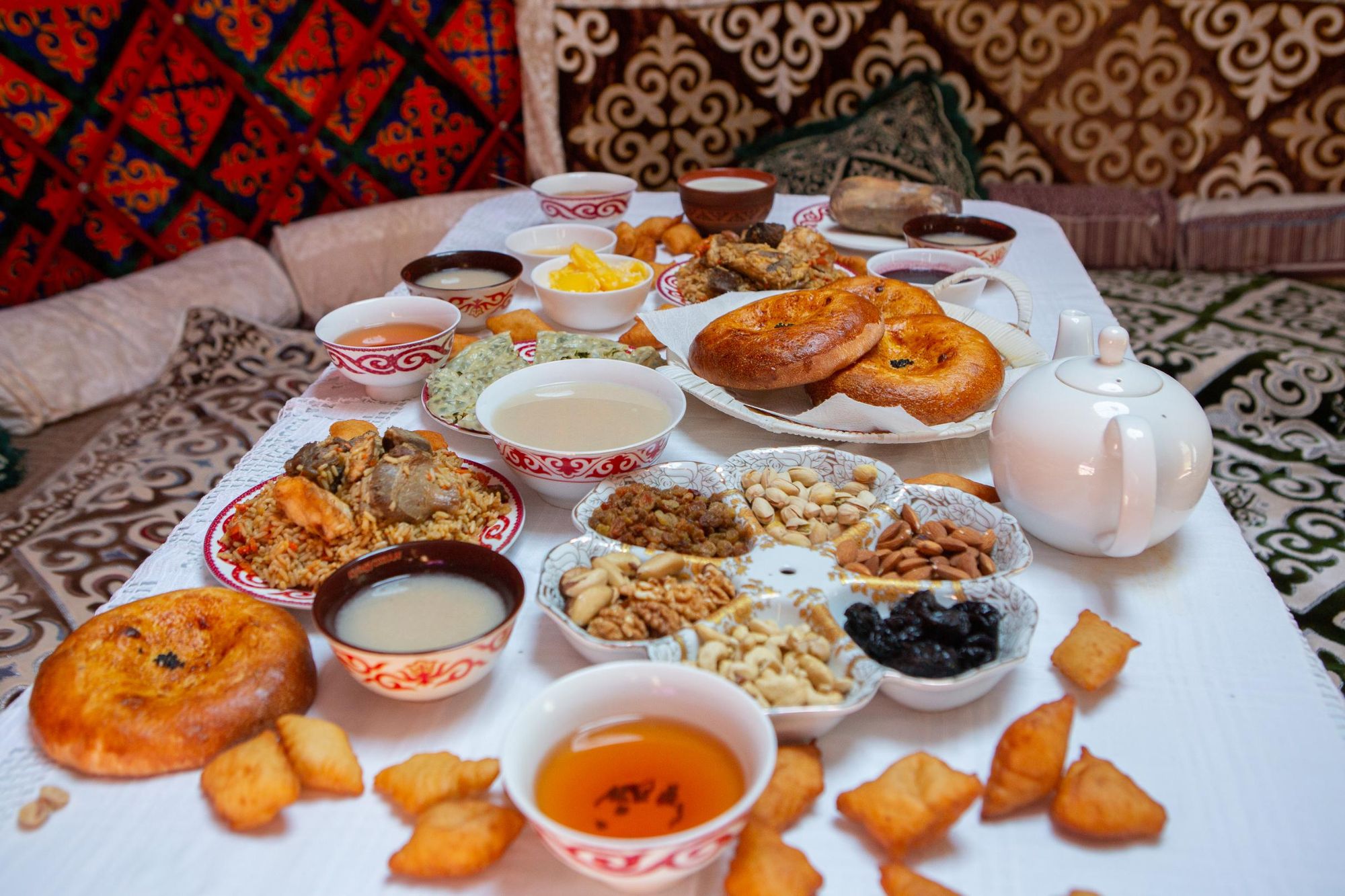
I wasn’t sure what to expect from Kyrgyz food, but I didn’t need to worry. If anything, I ate more than I expected, and much better than I imagined.
Meals were often eaten in yurt camps or village homes, and the tables were always overflowing. Super-fresh vegetables, meats, noodles, salads, breads, and most memorably, an endless supply of sweets and desserts, with pastries, jams, biscuits, and dried fruits all set out at once. It felt like a celebration every time we sat down.
Osh Bazaar, a bustling market in Bishkek, was another highlight. Colourful stalls piled high with produce, spices and snacks gave a real sense of daily life.
If you’re a vegetarian, you’ll be fine; there are always fresh salads and vegetable dishes. If you’ve got a sweet tooth, Kyrgyzstan will spoil you. And if you’re feeling brave, you can dare to try some local specialities like the national dish, beshbarmak (literally “five fingers,” as it’s traditionally eaten by hand), horse meat served over wide noodles, or salty, tangy dried yogurt balls known as kurut. The flavours might be an acquired taste, but they’re definitely memorable!
Horse riding at Song Kul is Pure Magic
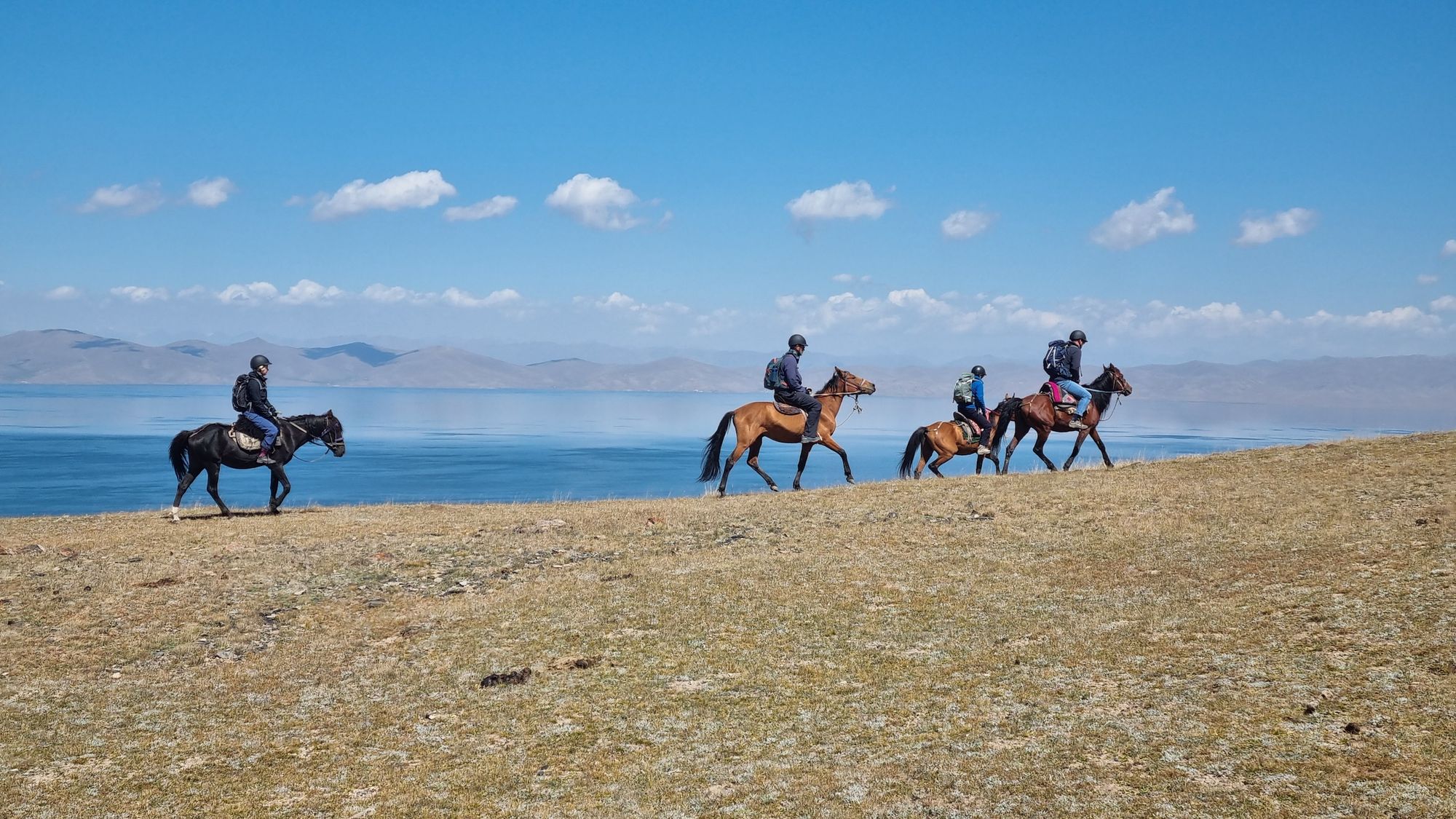
I’ll be honest–I was nervous about horse riding. I’d only been on a horse a few times before. But if there’s one place in the world to try it, Song Kul is it.
The setting is extraordinary: a huge alpine lake ringed by mountains, with vast grassy plains stretching in every direction. Riding here felt like stepping into a film. We led the horses across open meadows, with the lake shimmering in the sun and herds of horses running free around us.
What struck me most was how well cared for the horses looked. The people of Song Kul live in close symbiosis with their animals, relying on them not just for transport but also for herding, daily work, and even cultural traditions. Horses are part of the fabric of nomadic Kyrgyz life, celebrated in festivals, while horsemanship skills are passed down through the generations.
It was a day I’ll never forget. The combination of freedom, scenery, and the connection with the lovely horses and local horsemen made it one of the best travel experiences of my life. Even if you’re a beginner, it’s worth doing—the guides are there to help.
Hiking the Silk Road is Surreal
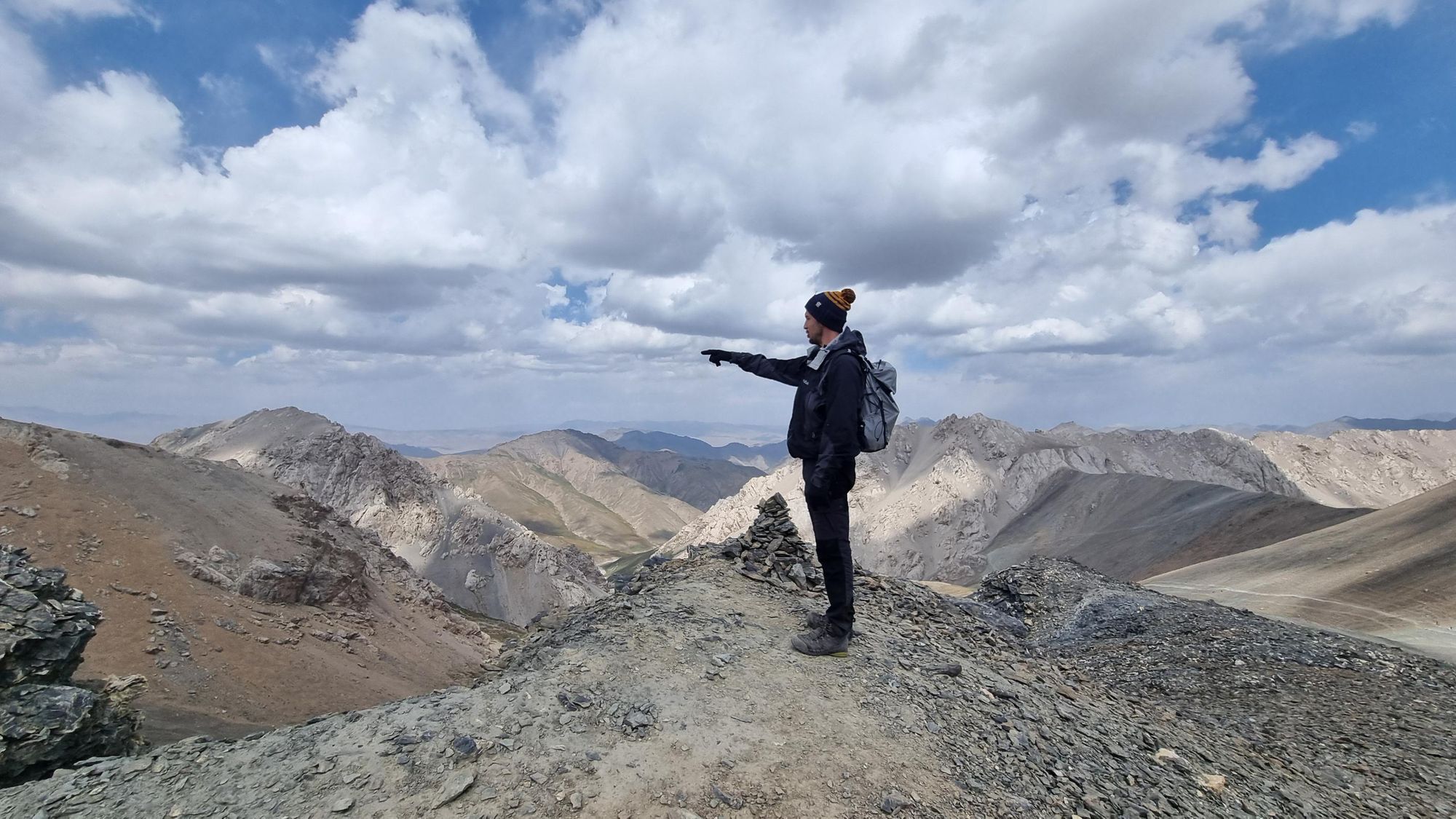
Kyrgyzstan doesn’t have the grand Silk Road monuments you’ll find in Uzbekistan. What it does have is something rawer and, in a way, more powerful: the remote landscapes the Silk Road once actually crossed.
We hiked along the original route near the Chinese border, climbing to Panda Pass at 4,025m (13,205ft). The long trail itself was stunning—wide open valleys dotted with horses, dozens of playful marmots darting in and out of burrows, and a sense of peace and solitude with barely another traveller in sight. The altitude made it tough, but the sense of history made every step worthwhile.
Visiting Tash Rabat, an original 15th century caravanserai, was also a highlight. This stone building once sheltered traders and travellers making the long, dangerous journey across Central Asia. It wasn’t polished or monumental, but it felt real—and epic in its own way.
Yurts are Surprisingly Cosy
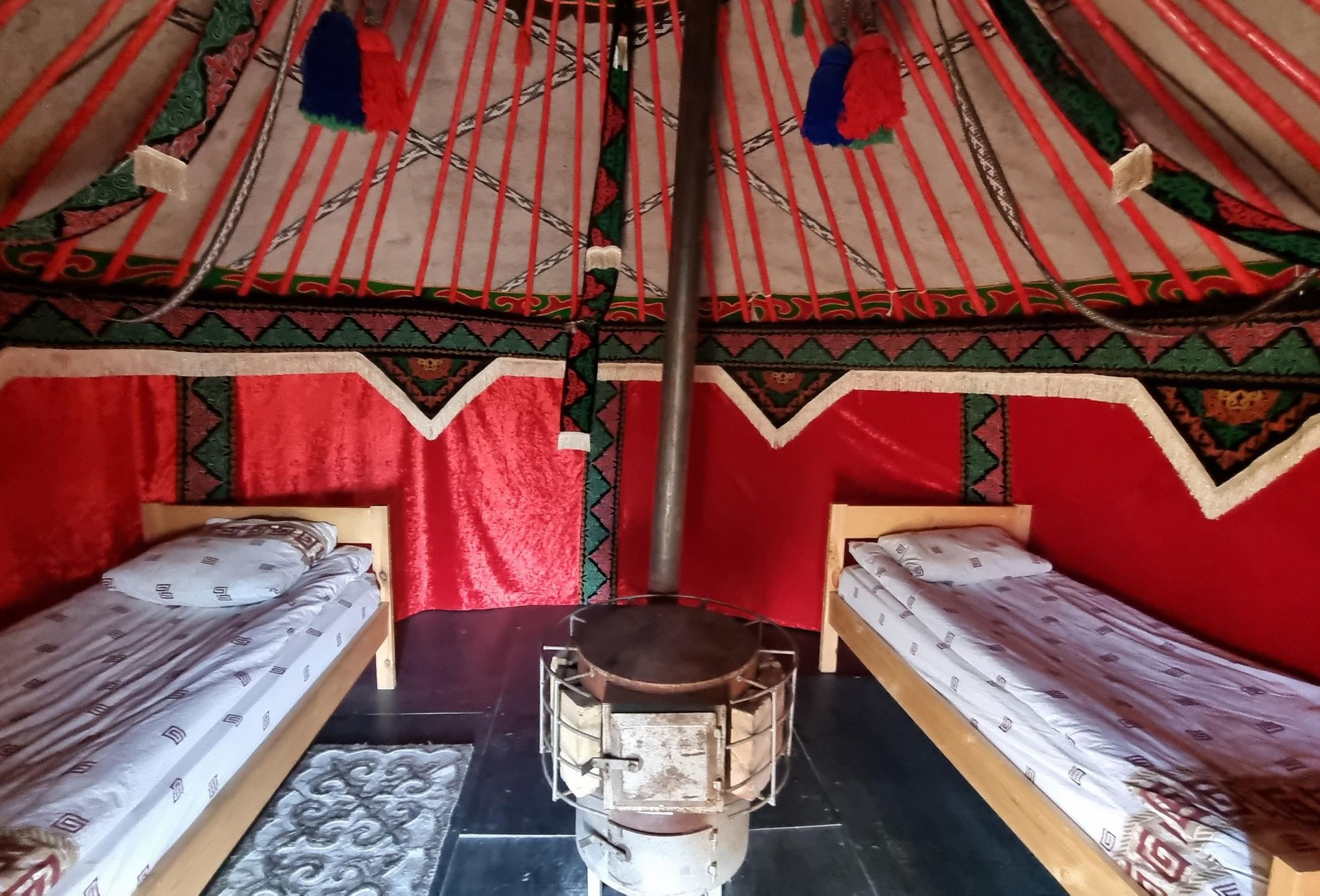
Before the trip I imagined yurts as basic and maybe a bit uncomfortable. The reality was much better.
Each yurt we stayed in was cosy and warm, with bed frames, thick bedding and a wood stove that kept us toasty—sometimes even too warm—through the night. There’s nothing quite like falling asleep to the crackle of the fire and waking up to the sound of animals outside.
There’s nothing quite like falling asleep to the crackle of the fire and waking up to the sound of animals outside
Facilities were simple: shared squat toilets, limited showers. But each camp had a communal sauna or hot shower room, which more than made up for it. And the communal dining yurts, with WiFi, warm meals, and friendly hosts gave it a welcoming, homely feel.
The evenings at the camps were just as memorable. At Song Kul we sat by a bonfire outside the yurts, looking up at a sky completely free from light pollution. The Milky Way shone down on us as our guide shared stories from his life in Kyrgyzstan. We roasted marshmallows and soaked in the silence of the high plateau. It’s like camping, yes —but with more comfort and soul.
The Roads Are Long
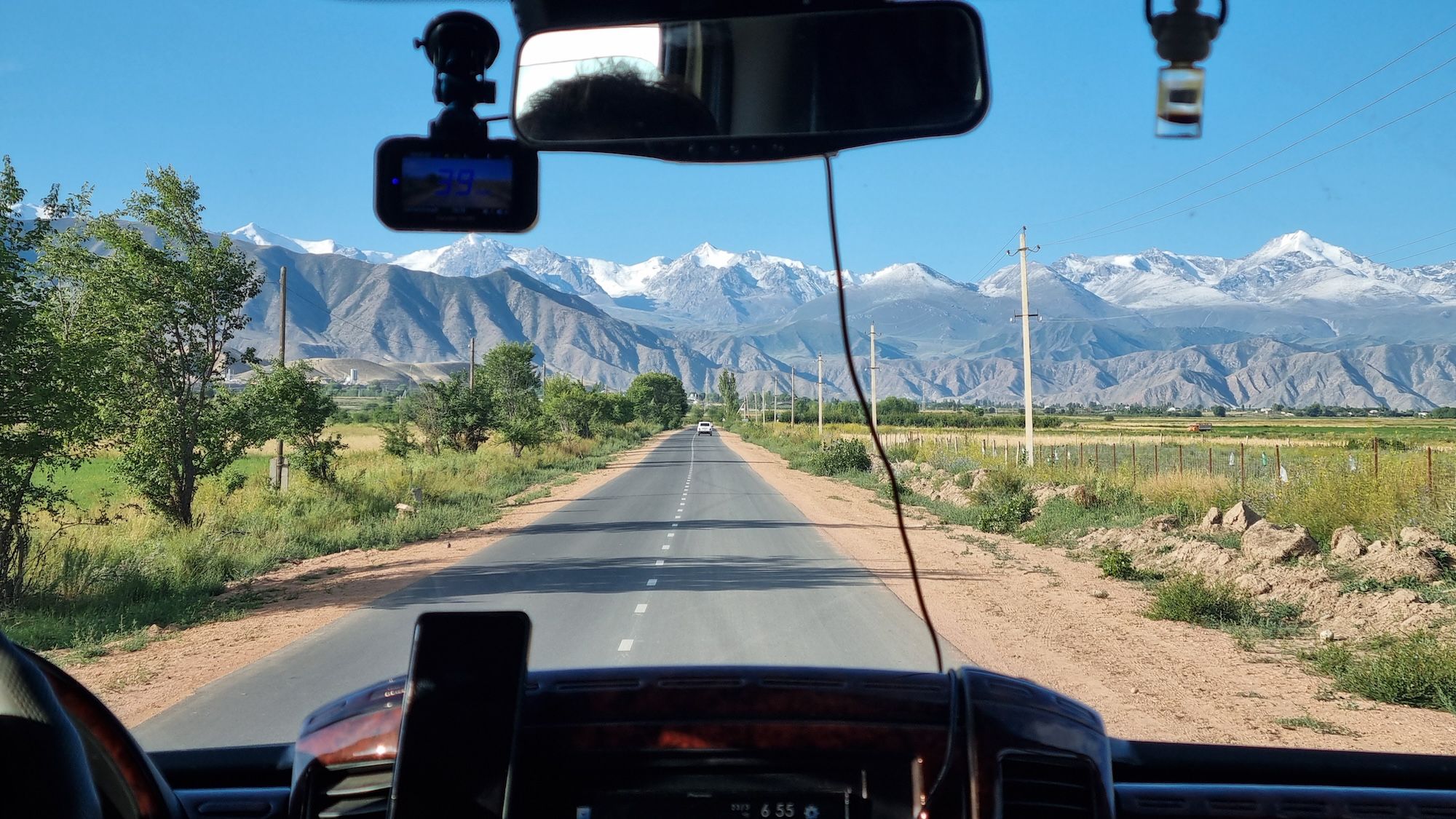
The landscapes in Kyrgyzstan are wild and varied, the traditions are alive and genuine, and the sense of adventure is everywhere. However, I wasn’t quite prepared for some of the long drives on roads that can be rough and poorly maintained. The country’s highlights are spread out, and to pack in the variety you need to put up with a fair bit of travelling.
I came expecting mountains and horses. I left with memories of eagle hunters, yurt life, starry skies and one of the most varied week-long trips I’ve ever done.
The drives were never dull though; they were a chance to rest and the views out the window were often just as memorable as the destinations themselves.
Because Kyrgyzstan is memorable. It might not be the most famous destination on the Silk Road, but that’s exactly what makes it special.
What I wish I’d known is just how much this trip would get under my skin. I came expecting mountains and horses. I left with memories of eagle hunters, yurt life, starry skies and one of the most varied week-long trips I’ve ever done.
Inspired? Follow in Marta's footsteps on The Ultimate Adventure Through Kyrgyzstan.


